

2019-05-03 11:29:00 Fri ET
technology antitrust competition bilateral trade free trade fair trade trade agreement trade surplus trade deficit multilateralism neoliberalism world trade organization regulation public utility current account compliance
Key tech unicorns blitzscale business niches for better scale economies from Uber and Lyft to Pinterest, Slack, and Zoom. LinkedIn cofounder and serial entrepreneur Reid Hoffman explains in his recent book that tech unicorns rapidly scale up core functions to reap network effects despite substantial uncertainty. Network effects often manifest in the form of freemium users (Dropbox, Facebook, and LinkedIn), cloud services (Amazon and Zoom), and online subscriptions (Apple and Netflix). About 2 decades ago, the last IPO boom brought to the stock market a boatload of profitless dotcom companies. Many of these dotcom companies never had the opportunity to blitzscale their core operations with gargantuan losses.
In accordance with the Hoffman zeitgeist of Silicon Valley, the current IPO game focuses on how tech unicorns become big before substantial economic uncertainty strikes hard. Beyond the singularity point, these tech unicorns start to worry about net profits and other socioeconomic bottomline metrics. This competitive strategy works well for tech titans such as Facebook, Amazon, Microsoft, Google, Apple, Nvidia, and Twitter (FAMGANT). Nevertheless, the same strategy may turn out to be less effective for Airbnb, Uber, Lyft, Netflix, Slack, and Zoom as they experience competitive bottlenecks in lieu of both scale economies and network effects.
If any of our AYA Analytica financial health memos (FHM), blog posts, ebooks, newsletters, and notifications etc, or any other form of online content curation, involves potential copyright concerns, please feel free to contact us at service@ayafintech.network so that we can remove relevant content in response to any such request within a reasonable time frame.
2019-04-09 11:29:00 Tuesday ET
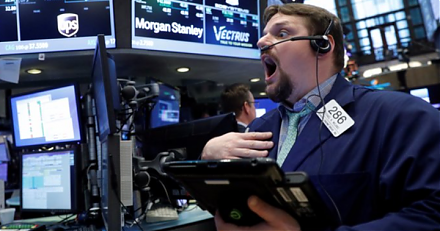
The U.S. Treasury yield curve inverts for the first time since the Global Financial Crisis. The key term spread between the 10-year and 3-month U.S. Treasur
2018-09-07 07:33:00 Friday ET
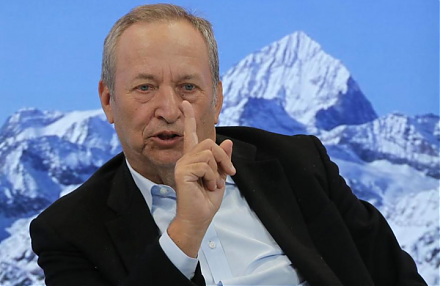
The Economist re-evaluates the realistic scenario that the world has learned few lessons of the global financial crisis from 2008 to 2009 over the past deca
2023-01-11 09:26:00 Wednesday ET
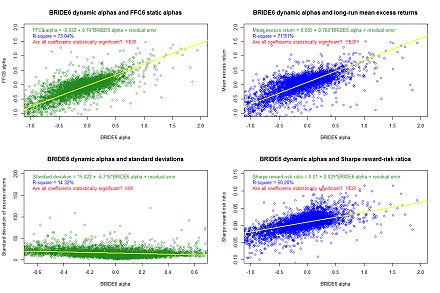
Addendum on USPTO fintech patent protection and accreditation As of early-January 2023, the U.S. Patent and Trademark Office (USPTO) has approved our U.S
2025-05-21 04:27:10 Wednesday ET
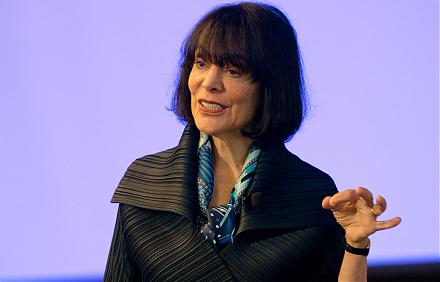
Carol Dweck describes, discusses, and delves into the scientific reasons why the growth mindset often helps motivate individuals, teams, and managers to acc
2018-06-06 09:39:00 Wednesday ET
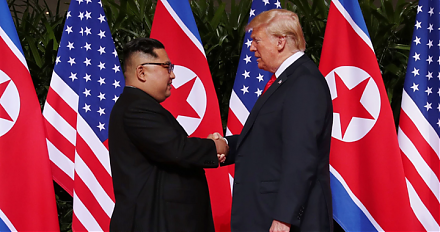
Donald Trump and Kim Jong Un meet, talk, and shake hands in the historic peace summit between America and North Korea in Singapore. At the start of the bila
2018-01-13 08:39:00 Saturday ET

The Economist digs deep into the political economy of U.S. government shutdown over 3 days in January 2018. In more than 4 years since 2014, U.S. government